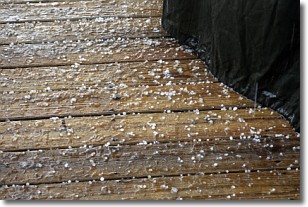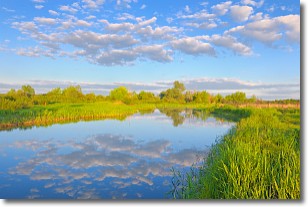Weather Alert in Texas
Special Weather Statement issued August 28 at 6:51PM CDT by NWS Fort Worth TX
AREAS AFFECTED: Tarrant; Dallas; Johnson; Ellis
DESCRIPTION: At 651 PM CDT, Doppler radar was tracking strong thunderstorms along a line extending from southwest Fort Worth to Arlington. Movement was southeast at 15 mph. HAZARD...Winds in excess of 40 mph and pea size hail. SOURCE...Radar indicated. IMPACT...Gusty winds could knock down tree limbs and blow around unsecured objects. Minor damage to outdoor objects is possible. Strong thunderstorms will be near... Fort Worth, Arlington, Grand Prairie, Forest Hill, Kennedale, Everman, Edgecliff Village, Pantego, and Edgecliff around 655 PM CDT. Dallas around 705 PM CDT. Mansfield, Cedar Hill, and Cedar Hill State Park around 710 PM CDT. Other locations impacted by these storms include Lillian, Benbrook Lake, Lake Arlington, Westover Hills, Joe Pool Lake, Mountain Creek Lake, Briaroaks, Dalworthington Gardens, and Pecan Hill. This includes the following highways... Interstate 35W between mile markers 31 and 53. Interstate 35E between mile markers 406 and 434. Interstate 20 between mile markers 424 and 468. Interstate 30 between mile markers 2 and 46.
INSTRUCTION: If outdoors, consider seeking shelter inside a building.
Want more detail? Get the Complete 7 Day and Night Detailed Forecast!
Current U.S. National Radar--Current
The Current National Weather Radar is shown below with a UTC Time (subtract 5 hours from UTC to get Eastern Time).

National Weather Forecast--Current
The Current National Weather Forecast and National Weather Map are shown below.

National Weather Forecast for Tomorrow
Tomorrow National Weather Forecast and Tomorrow National Weather Map are show below.

North America Water Vapor (Moisture)
This map shows recent moisture content over North America. Bright and colored areas show high moisture (ie, clouds); brown indicates very little moisture present; black indicates no moisture.

Weather Topic: What is Sleet?
Home - Education - Precipitation - Sleet
 Next Topic: Snow
Next Topic: Snow
Sleet is a form of precipitation in which small ice pellets are the primary
components. These ice pellets are smaller and more translucent than hailstones,
and harder than graupel. Sleet is caused by specific atmospheric conditions and
therefore typically doesn't last for extended periods of time.
The condition which leads to sleet formation requires a warmer body of air to be
wedged in between two sub-freezing bodies of air. When snow falls through a warmer
layer of air it melts, and as it falls through the next sub-freezing body of air
it freezes again, forming ice pellets known as sleet. In some cases, water
droplets don't have time to freeze before reaching the surface and the result is
freezing rain.
Next Topic: Snow
Weather Topic: What are Stratocumulus Clouds?
Home - Education - Cloud Types - Stratocumulus Clouds
 Next Topic: Stratus Clouds
Next Topic: Stratus Clouds
Stratocumulus clouds are similar to altocumulus clouds in their
fluffy appearance, but have a slightly darker shade due to their additional mass.
A good way to distinguish the two cloud types is to hold your hand out and measure
the size of an individual cloud; if it is the size of your thumb it is generally
an altocumulus cloud, if it is the size of your hand it is generally a
stratocumulus cloud.
It is uncommon for stratocumulus clouds to produce precipitation, but if they do
it is usually a light rain or snow.
Next Topic: Stratus Clouds
Current conditions powered by WeatherAPI.com




